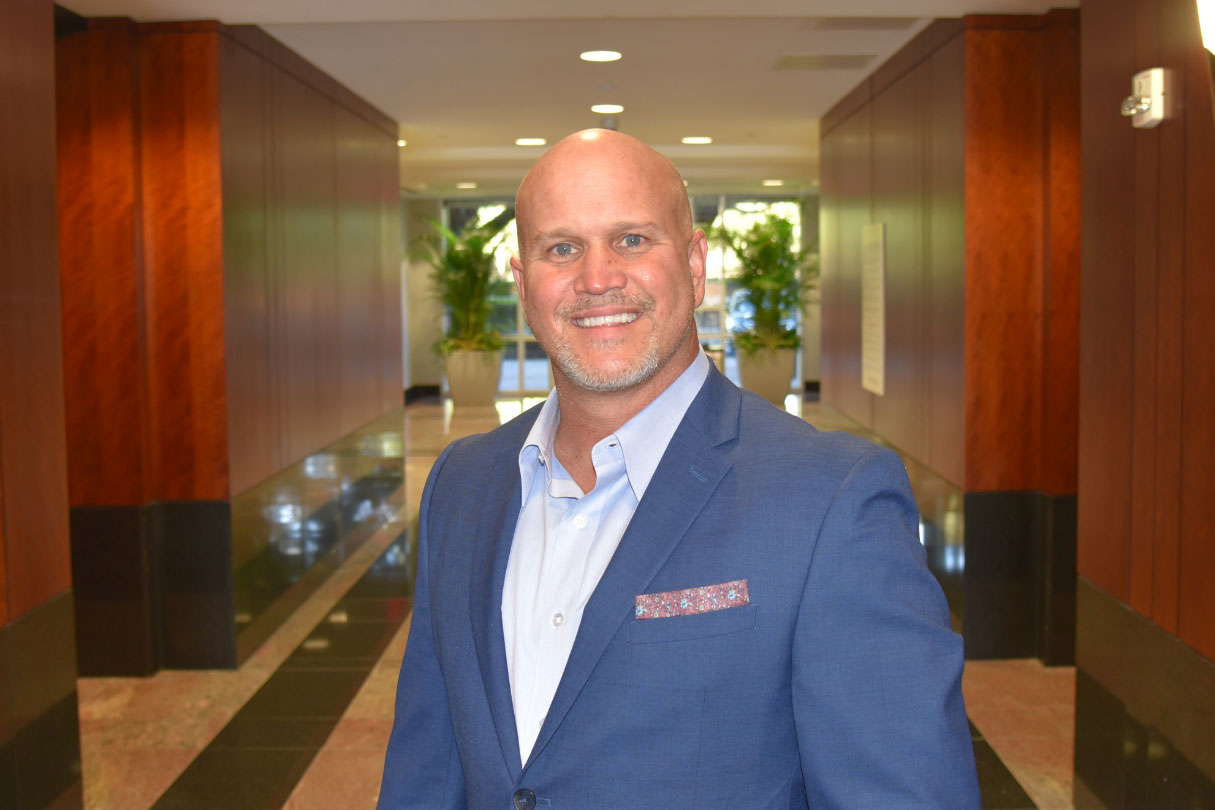Build a Better Implementation Process
Article Highlights:
- Technology alone won't fix everything, you need a good process too.
- Communicating the “why” behind a change is essential to gaining buy-in.
Implementing a new process or software is never easy. You’re altering your staff’s daily routines and they might not understand why changes are needed in the first place. I saw it countless times throughout my 25 years working in the dealership, and I still see it now that I’m on the vendor side of the industry – there is a pattern to implementing new software. Most times, the first week is rough, the second week is better, and if you can gain buy-in from your team to trust the process, eventually things get easier. Often if you fast forward a year, the team will fight you if you try to take away the system they were so hesitant about in the beginning.
I’ve heard it time and time again, “If there is a pretty consistent pattern, how much can I impact implementation anyways? My team is smart, they’ll figure it out, and if the technology is as good as it claims to be, it should still make improvements no matter what.” But that is not quite the reality. Technology alone isn’t going to fix everything, you need a good process too. Investing in the implementation process, and not just the software, will improve buy-in from your team and impact utilization across the entire store.
The difference between a successful and unsuccessful implementation process comes down to:
Developing Buy-In for the Change
I recently had an experience where I helped a dealership through a software install. Not long after, the team was unhappy and started voicing their concerns to the general manager. He took the time to listen to their issues, getting to the root of their concerns. I was able to come back in and help them eliminate the headache, which improved their usage of the new technology. Very quickly, the person who was most vocal about the perceived problems with the software ended up becoming one of its biggest supporters.
At another dealership, I was involved with a new product launch which resulted in a lot of frustrated associates because they were struggling with specific system setups. In this case, the general manager of the store took the time to listen to his team’s concerns and provide alternative system setups because he had also invested in actively learning how the system worked. By listening to his team members and breaking down what was going wrong, instead of just pushing through the growing pains, they were able to get more team buy-in and had better utilization than other dealerships that had put the same system in place. Ultimately, this dealership has become one the product’s biggest supporters.
Encouraging Utilization and Accountability
Investing in good implementation and thorough employee training encourages proper system utilization. When a software isn’t used properly or a process isn’t followed, there are going to be inefficiencies. If you’re making a change because you want to see improvement, you want that change to be well defined and clear cut.
It also requires accountability from the management team. It’s difficult to lead your team through a transition if you don’t understand the details of the change to help guide them through it. Success comes when you’re able to develop the “why” for a change that’s being made and articulate that to your team. Having equal training across the store makes it easy to point back to your usage expectations if there is an issue. When everyone is on the same page and standards have been clearly defined, you see the best results.
Managing Team Input and Feedback
When your dealership has gone through a change, there are two schools of thought on what the correct approach is to garner feedback. Some people want to include their team throughout the entirety of the decision making process. This can create better buy-in for the change from the get go, ultimately making the install easier. However, it can also put a lot of voices in the mix, who may be arguing for different things, making it difficult to reach a consensus.
The other way to tackle this is having management make the decision and investing in team feedback later in the process. While it may be simpler to make the decision without so many conflicting voices, you may also be faced with the uphill battle to get your team on board. Ultimately, the decision maker has to understand his team and invest in the process that best fits their personalities and the needs of the dealership.
Dealership operations will continue to evolve, but every change does not have to be painful. When the reason behind the change is well communicated, and you’re supporting the associates that are directly involved in the change to get the whole team on board, you can win together in the end by creating a more productive work environment.
Related Articles:

Frustrated Customers, Overloaded Employees: The True Cost of Outdated…
Since hanging up my hat as a service advisor in 2005, I can’t help but notice how little has changed in the way dealerships handle…

Streamlining Vehicle Service Contract Claims
When talking to service advisors one pain point consistently rises to the top: Vehicle Service Contract (VSC) claims. The process includes lengthy phone calls, repetitive…

Does your S-P-G have the F-L-U?
Are you service pricing guides fully utilized or have they come down with the flu?

3 Recall Scares to Avoid
Three recall tips to help you avoid spooky fines and lost service business.















